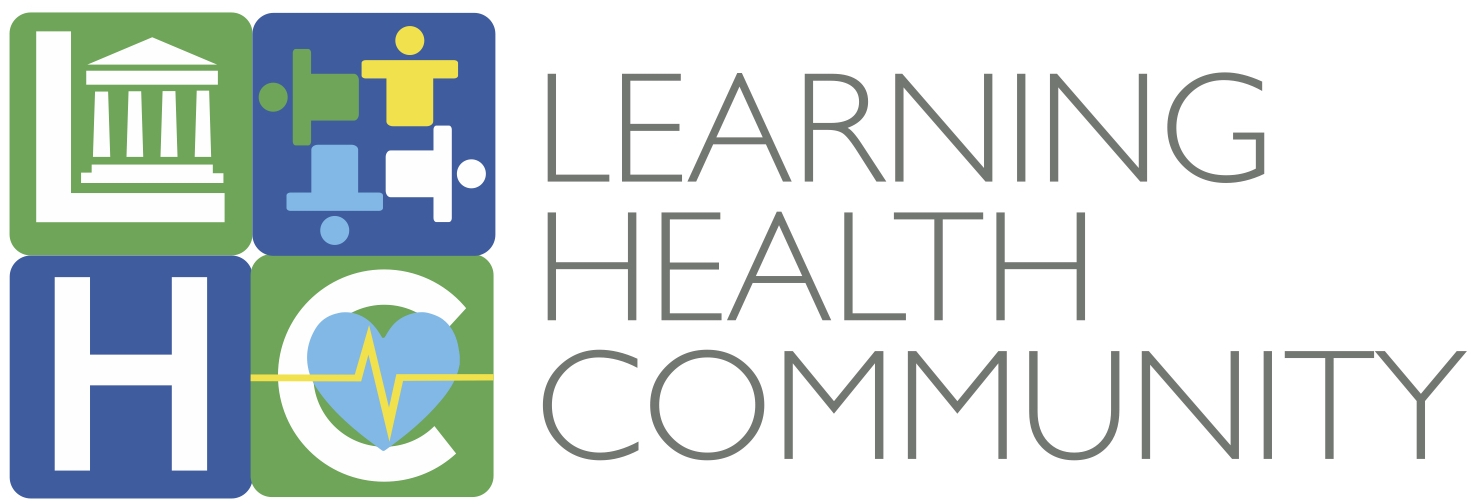Learning Health System Brings Together Health IT Data Stakeholders to Share Knowledge and Improve Health
By Joshua C. Rubin, JD, MBA, MPH, MPP, and Charles P. Friedman, PhD
As the “Vision” section of AHIMA’s website states, AHIMA aims to “lead the advancement and ethical use of quality health information to promote health and wellness worldwide.” In many ways, the Learning Health System’s (LHS) overarching vision represents what can happen when diverse stakeholders connect and harmonize efforts at multiple levels to do just that. The LHS vision can, in many ways, serve the learning needs of all healthcare stakeholders. Many feel the LHS is urgently needed to foster a cyber-social transformation of healthcare— transformation needed at a magnitude that can only be realized by multiple and diverse stakeholders working together toward achieving a shared vision. The vision of the LHS is being realized, in part, through a grassroots movement known as the Learning Health Community, which is currently under way.
The LHS can be seen as the tapestry that emerges from weaving together efforts across the health information management, health IT, patient engagement, clinical care, research, and public health arenas aimed at utilizing data, information, and knowledge to improve health. In its 2011 “Digital Infrastructure for the Learning Health System” report, the Institute of Medicine (IOM) defined the LHS as a system “in which progress in science, informatics, and care culture align to generate new knowledge as an ongoing, natural by-product of the care experience, and seamlessly refine and deliver best practices for continuous improvement in health and healthcare.” Understanding the transformative potential of a system that optimizes every participant’s ability to learn from the ever-increasing amount of digitally captured health data, patient activist Regina Holliday in 2012 described a key component of the LHS vision by asking,
“What if your data did not have to die in dusty paper files and unconnected electronic silos? What if many private institutions, non-profit organizations, research centers, government entities and individual patients decided to share data? What if we could do this over a span of years creating an ever larger data set? That data set could be accessed by the many in a timely fashion that will enable both the individual and the organization to make informed health decisions.”
